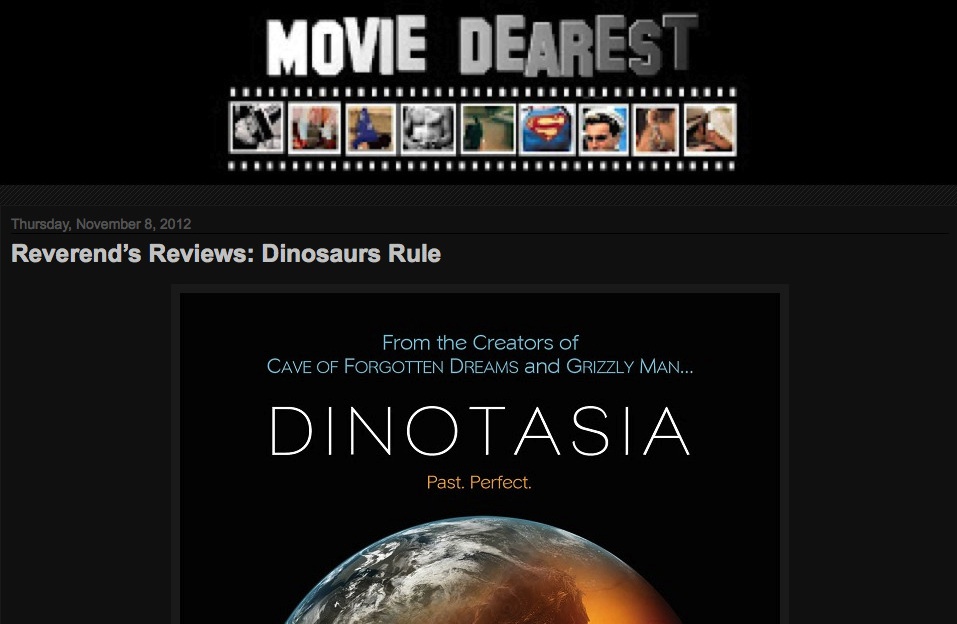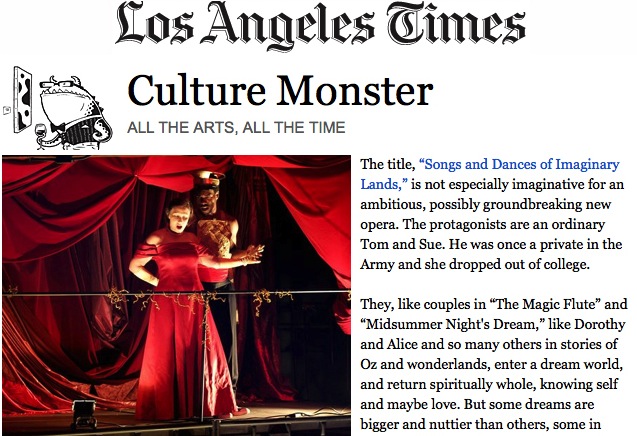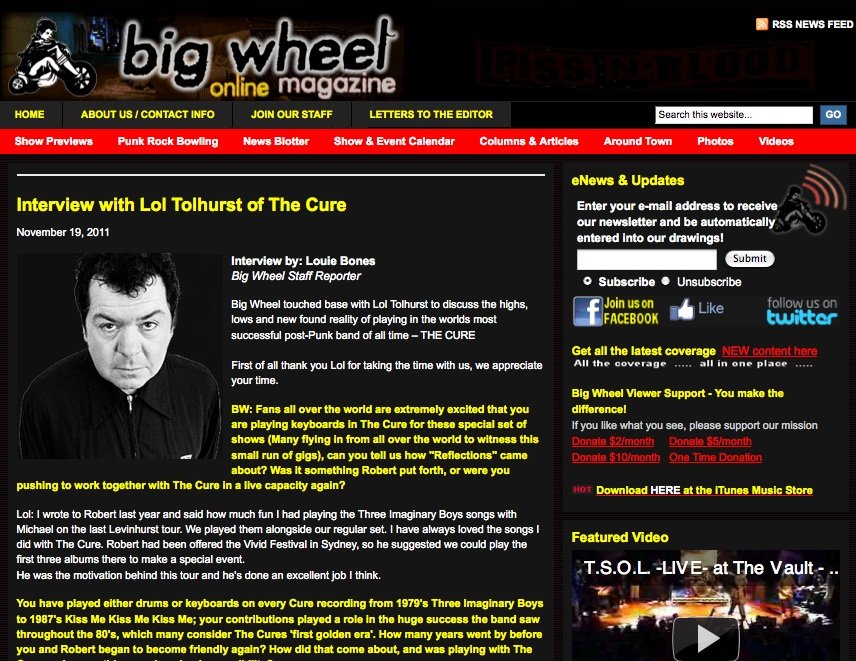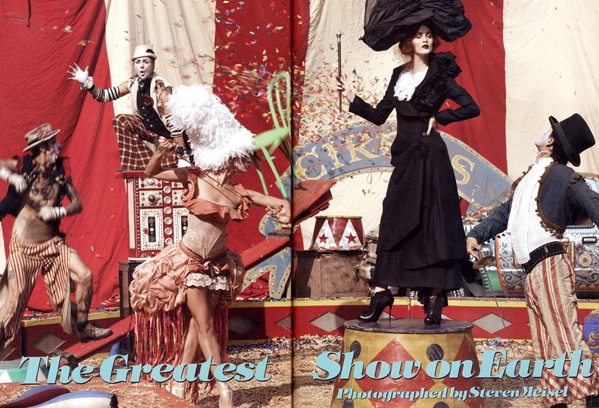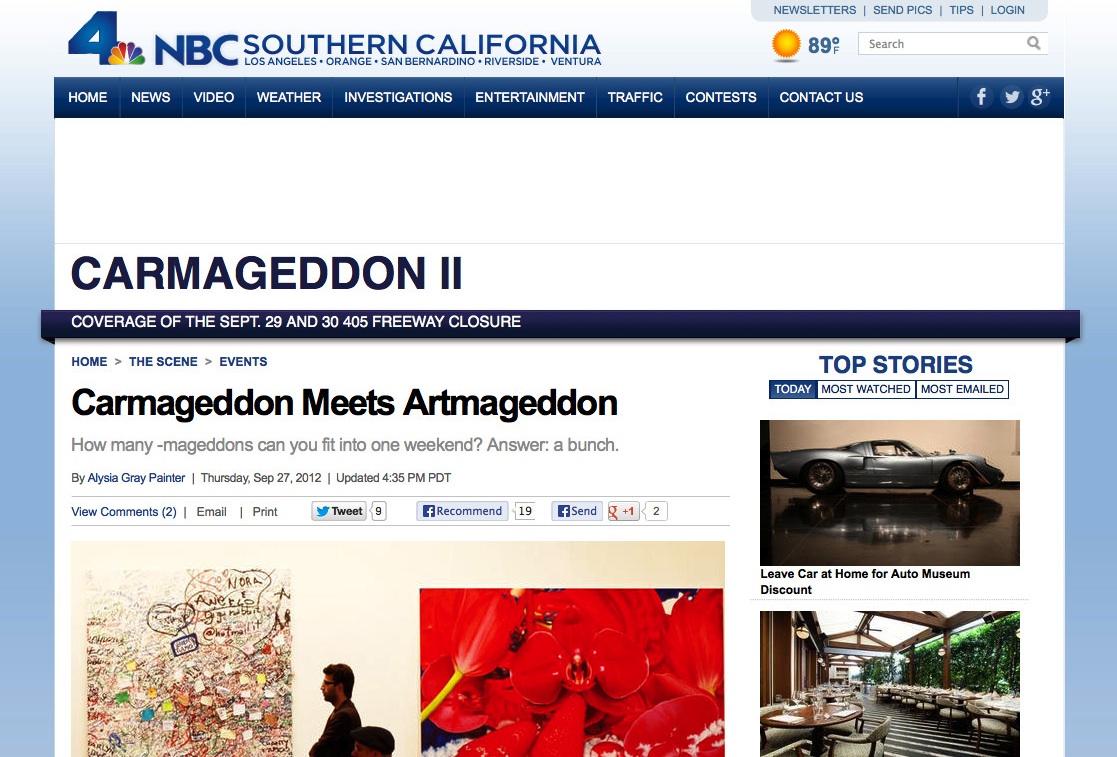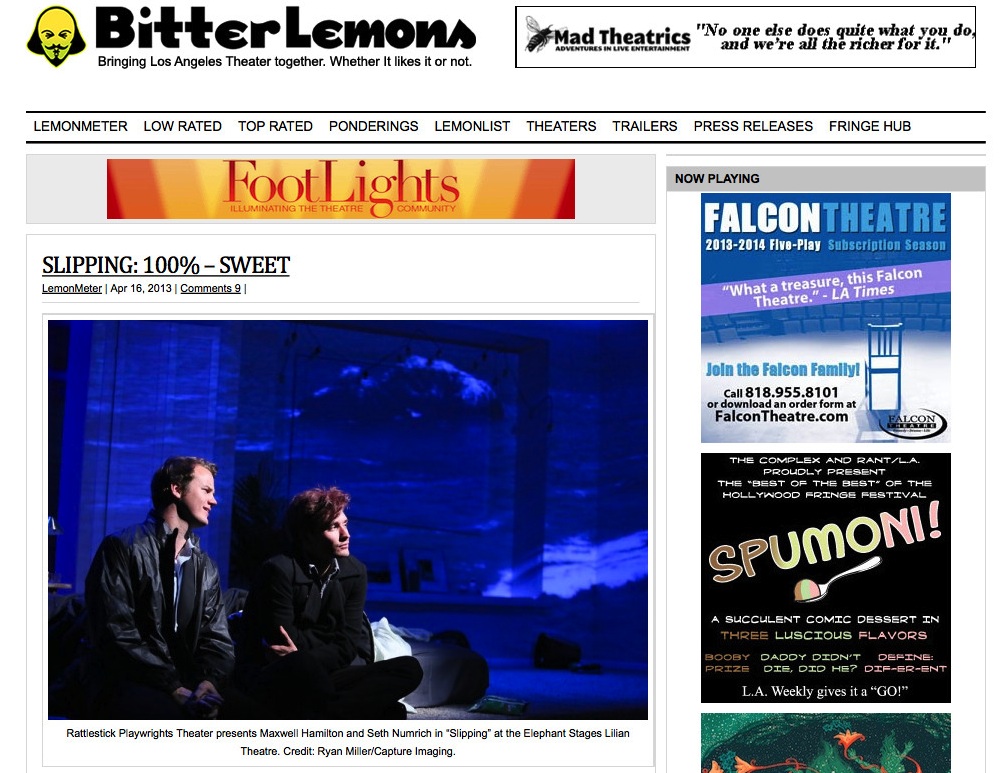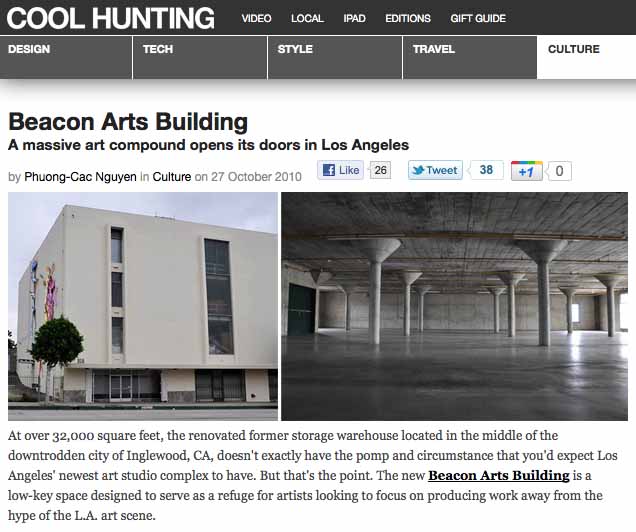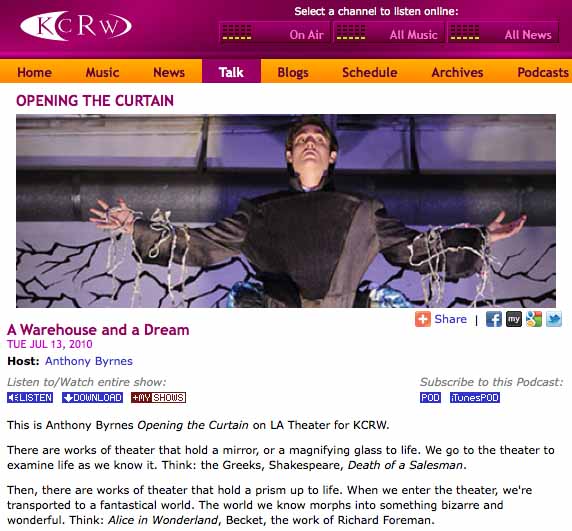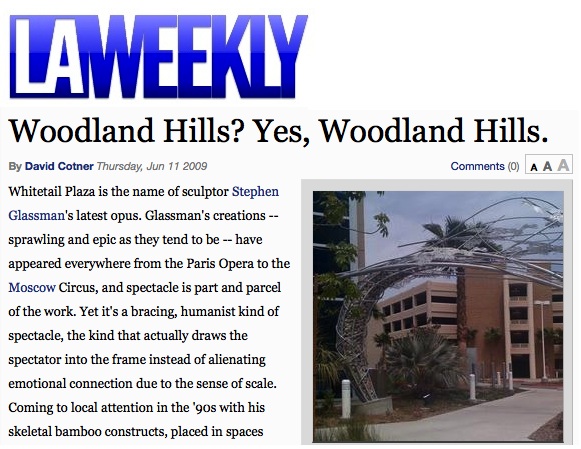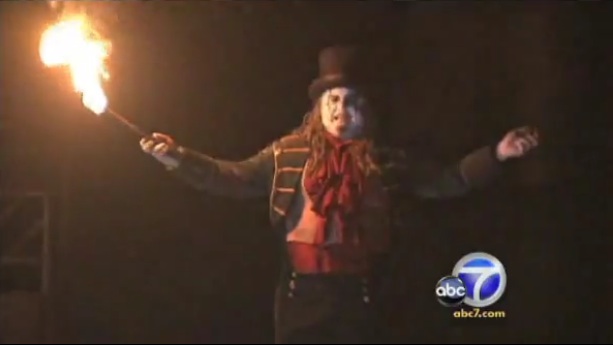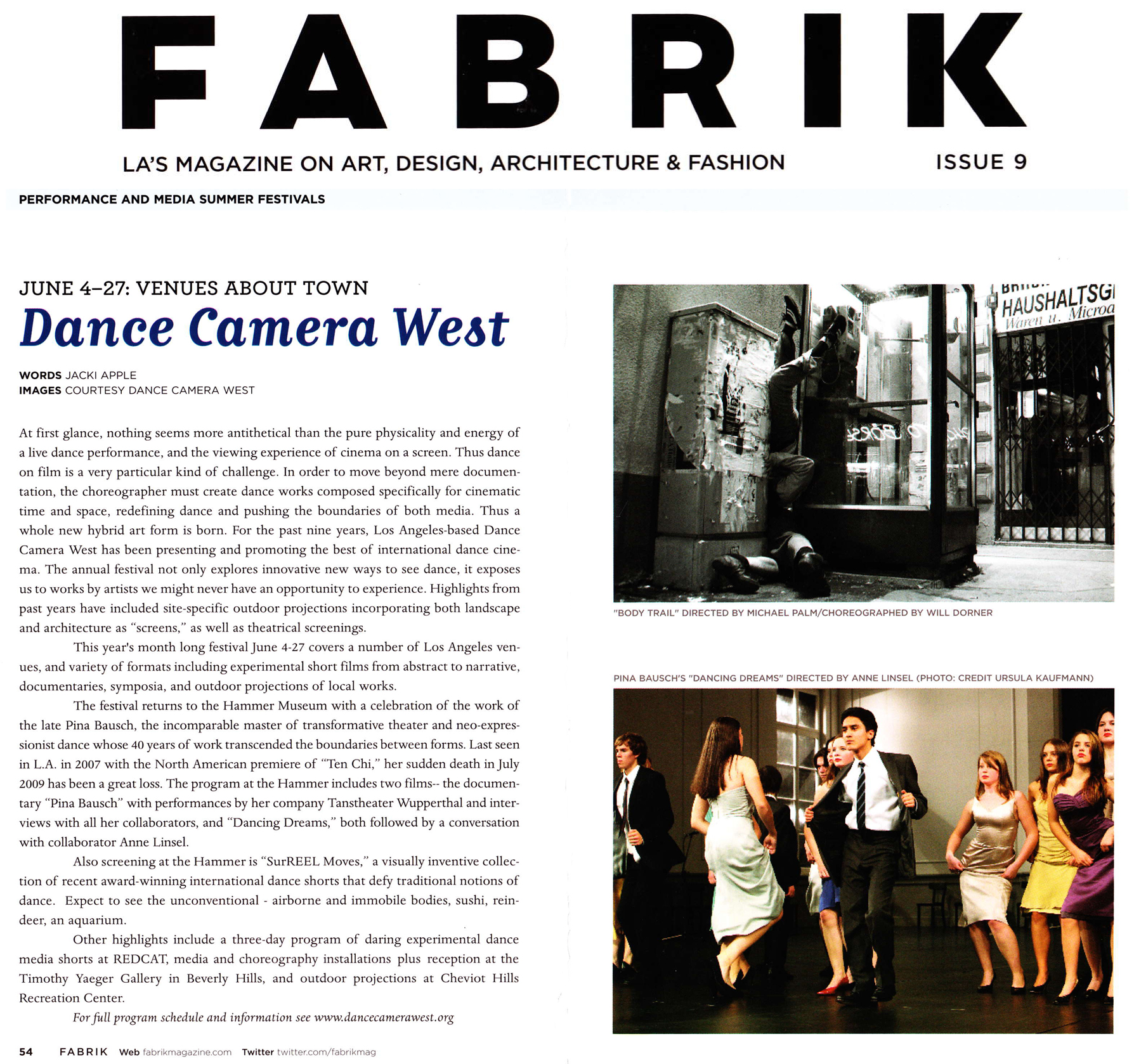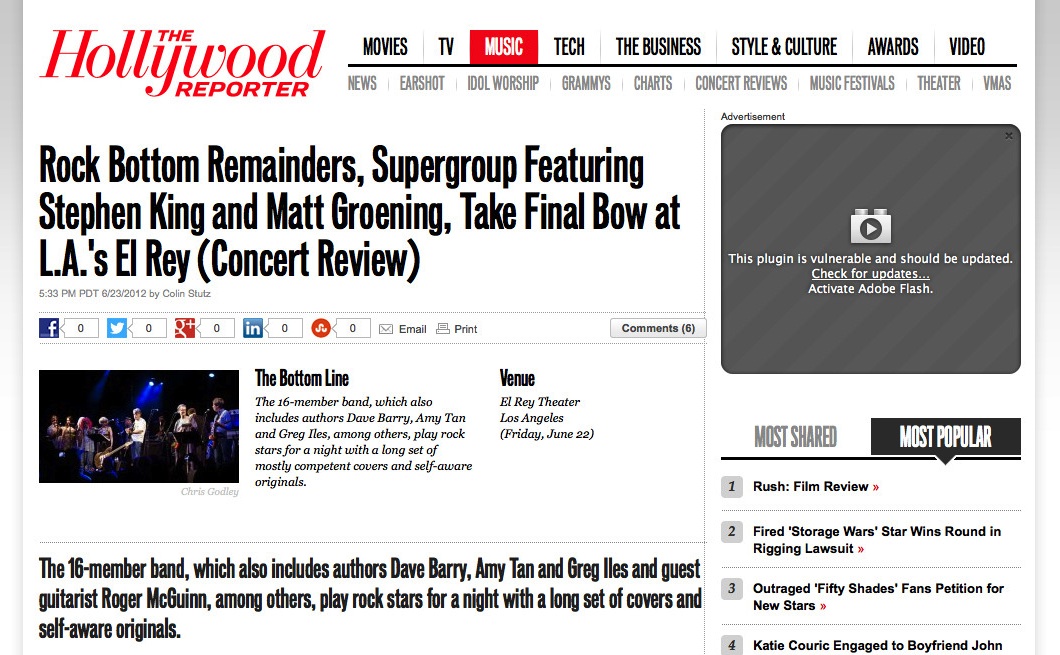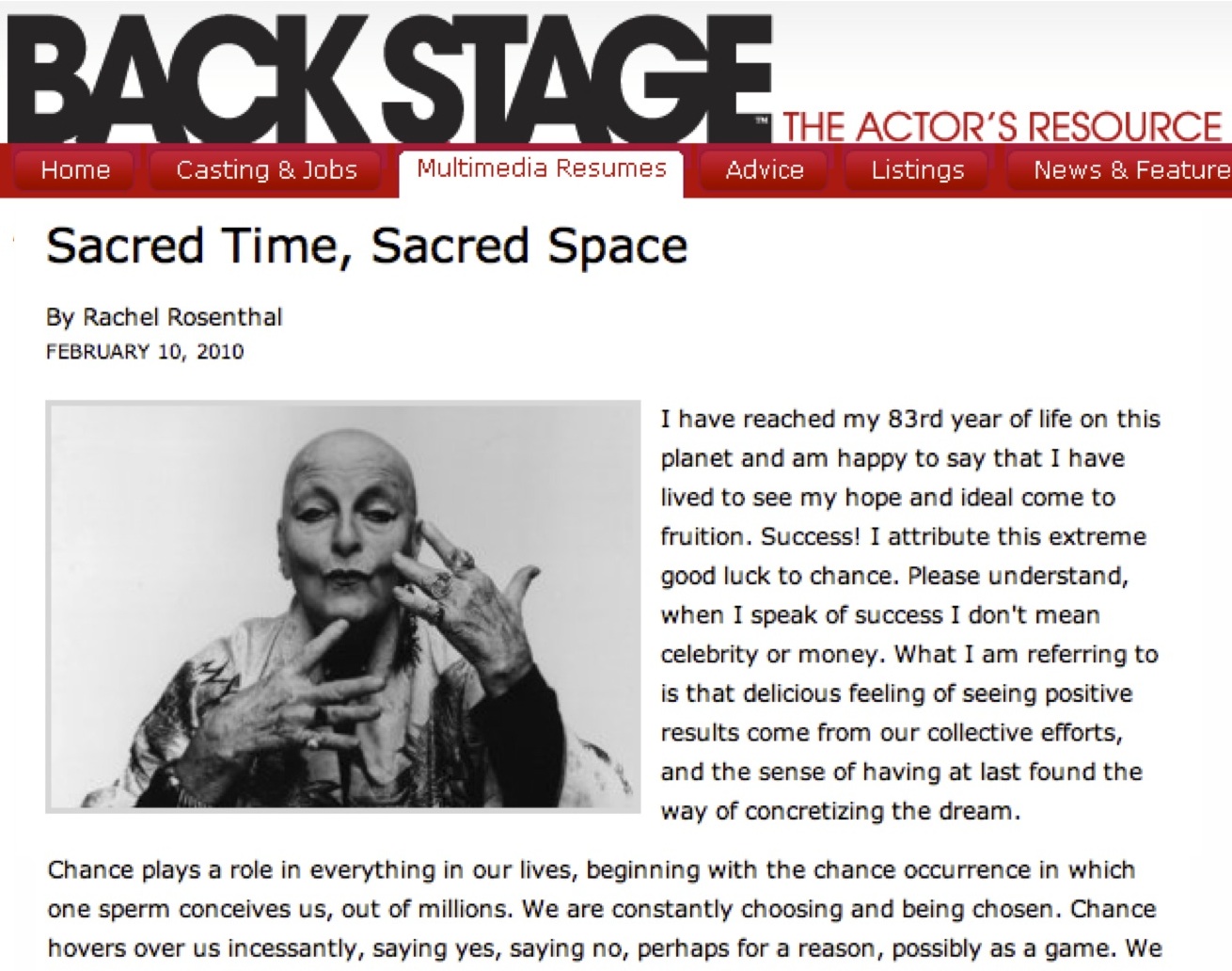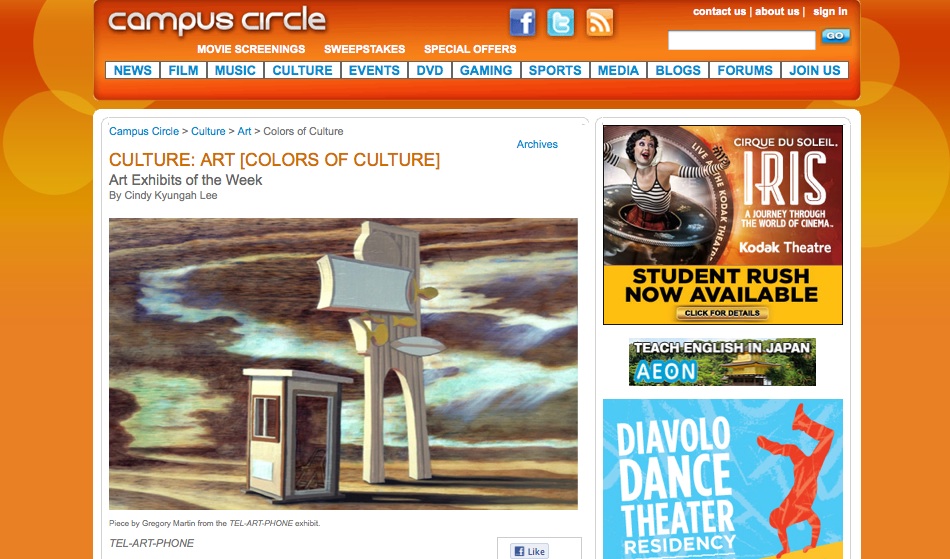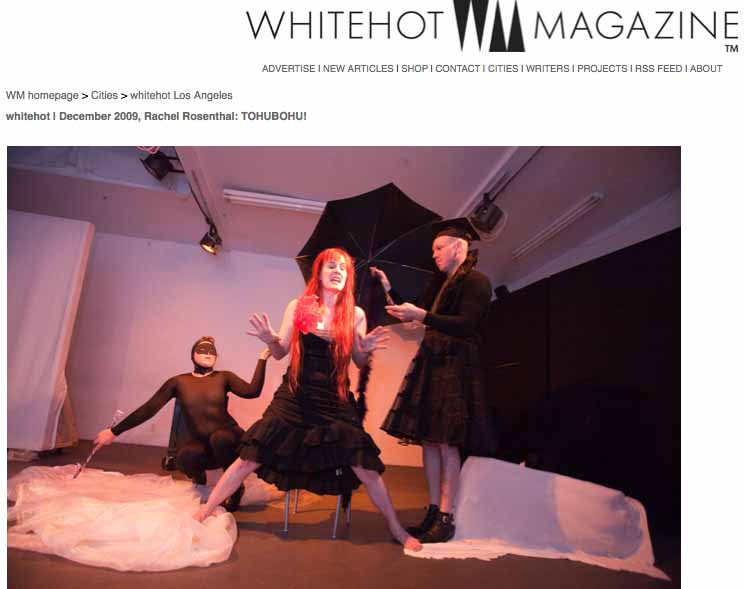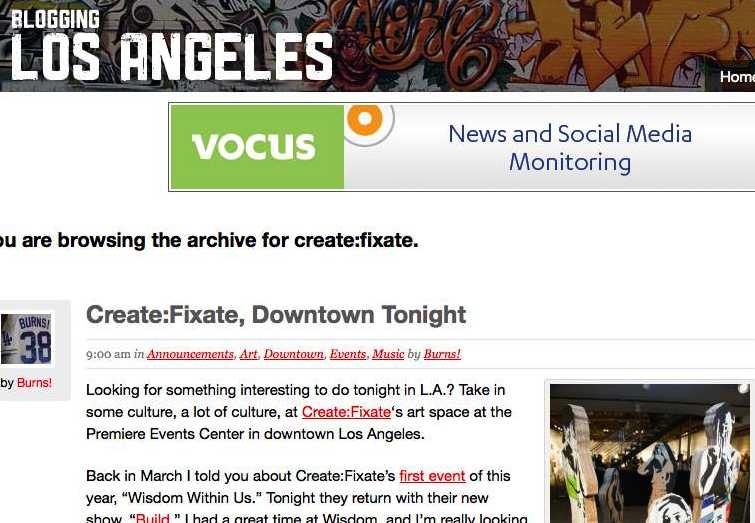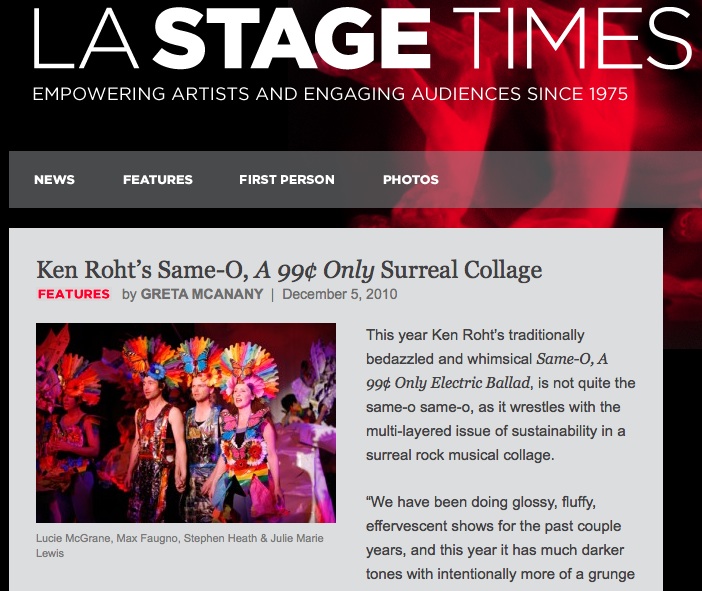-
For Immediate Release:
Mt. Wilson Observatory Presents
Of Sound Before the Stars
An Evening of Ethereal Music by Jeff Talman
Composed with Sounds Modeled on Astronomical Phenomena
Plus Stargazing!
Inside the Resonant Dome of the 100-Inch Telescope
Friday, July 19, 2019PASADENA, CA – July 12, 2019 – On Friday, July 19, 2019, Mount Wilson Observatory inaugurates its Cosmic Sounds series, combining sound installation art with observing of the night sky. Sound artist Jeff Talman creates work at the intersection of art and science. Mt. Wilson Observatory premieres his latest work, Of Sound Before the Stars, in 8-channel surround sound inside the magnificent dome of the 100-inch telescope with its singular acoustics. Of Sound was made in collaboration with astrophysicists Daniel Huber and Mark Whittle. Talman will make a presentation at the opening of the evening. The event runs from 7:30pm until midnight. As dark falls, the piece will play in its entirety. And on into the night tuning the sonic with the visual experience as the audience observes celestial objects through the same telescope that determined the expansion of the universe, an epochal moment in science. The audience will be limited to 40 attendees. Reservations are $100 and can be made at https://www.mtwilson.edu/cosmic-sounds. All proceeds go to maintain and preserve Mount Wilson Observatory.
ABOUT THE SOUND INSTALLATION:
There was sound in the primordial plasma before stars, and that sound was instrumental in shaping the stars into existence. Jeff Talman’s Of Sound Before the Stars is sonic time travel, composed with sound modeled by astrophysicist Mark Whipple of the University of Virginia, on acoustic waveform data embedded in the Cosmic Microwave Background that yielded the first waves in the earliest time of the universe that instruments have detected. Further, these cosmic sounds are interwoven with glissandos modeled from the red-shift data captured by the 100-inch telescope that proved the expansion of space—more time travel, with thanks to Daniel Huber, astrophysicist at the University of Hawaii.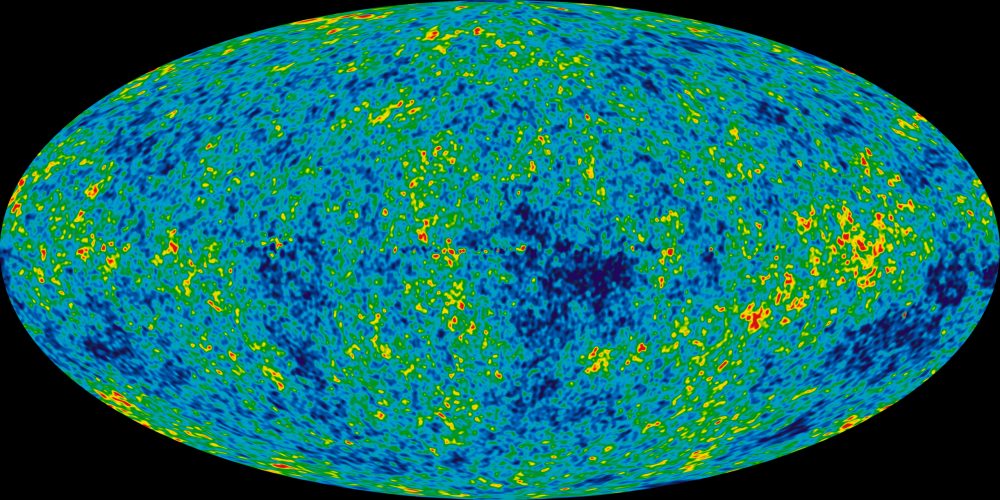 Photo Courtesy of Mt. Wilson Institute.
Photo Courtesy of Mt. Wilson Institute. The sound installation features the Universe’s early harmonic profile transposed up about fifty octaves to the level of human hearing and aligned with dome acoustics. With speakers placed throughout, the dome becomes a giant musical instrument, creating cosmic-derived harmonies that are unlike those of earth-bound music. These are alien harmonies at play, the sonic artwork tuned and balanced to dome acoustics.
ABOUT THE ARTIST:
Jeff Talman, recognized “pioneer of the use of resonance in artworks” (Intute, Oxford University), has created many sound installations internationally; some with the sound of the stars, or the Sun, or with the polymetric rhythms of pulsars, the hum of the Earth, the sound of the ocean’s depths, and that of a single kiss. His installations, often collaborations with scientists, have been presented in Cathedral Square in Cologne, Galleria Mazzini in Genoa, the MIT Media Lab, Rothko Chapel in Houston, The Kitchen, St. James Cathedral in Chicago, St. Peters – the “jazz church” in midtown Manhattan, and four installations in the Bavarian Forest. In 2018, two of Talman’s installations, In Your Stars and Beyond The Sun, premiered under the skies at Mount Wilson for the celebration of the Observatory’s founder, George Ellery Hale’s sesquicentennial.
His writing and sound have been featured by The New York Times and his work has been explored by the BBC, ARD-German Public TV, NPR, The International Herald Tribune, NASA, Oxford University Press, Wired magazine, Neural Magazine and many others. Trained as a composer, he also studied visual arts as an undergraduate. Talman attended and then directed orchestras at the City College of New York and Columbia University. Other teaching positions include those at the Massachusetts College of Art and Emerson College. Awards include dozens of artist residencies internationally and fellowships from the New York Foundation for the Arts and the Guggenheim Foundation.
His major achievement is the 20-year exploration of reflexive resonance, in which ambient resonance becomes an installation’s only sound source. Born in Greensburg, Pennsylvania, Talman studied piano from the age of seven and then self-learned guitar, flute and saxophone. Jeff Talman lives and works in New York.
https://www.jefftalman.com Photo by Keida Mascaro, Courtesy Mt. Wilson Institute.
Photo by Keida Mascaro, Courtesy Mt. Wilson Institute.ABOUT THE SCIENCE:
After the Big Bang, the early Universe was a dense plasma soup of super-heated pre-atomic particles and photons. Light could not escape the gravitational force of the mass, but instead ricocheted inside causing turbulence and acoustic waveforms. This sound was highly unusual to earthbound standards – for 350,000 years the sound traveled at speeds up to 0.6 times the speed of light in wavelengths that extended from 40,000 to 700,000 light years.These acoustic waves bounced around clumps of denser dark matter creating areas of pressure within the plasma that forced matter to gather, as water waves might gather leaves before a stone, while altering the water waves in force and size. Because the dark matter masses were of different sizes, the acoustic pressures differed and a resultant harmonic series of differently-sized acoustic waveforms was formed. Importantly, the pressurized plasma masses would later form into stars of different sizes. Sound was critical to the formation of these first stars.
As the Universe cooled, light was freed from the plasma mass. That light has traveled for 13.7 billion years to arrive at the Earth. Due to the expansion of the Universe that light has been Doppler-shifted to the microwave frequency range, where we can find it today. It is ubiquitous to the Universe and is known as the Cosmic Microwave Background (CMB). It arrives to the Earth from every direction and can be heard in radio signals as static, which bears the signature of the sound-shaped plasma forms from which it emerged. Analysis yields a harmonic system featuring the acoustic wave data of that early starless period of the Universe.
Edwin Hubble, working in Hale’s 100-inch dome at Mt. Wilson recognized the first galaxies outside of our own. Using Christian Doppler’s work on red shift as a basis for tracking the motion of galaxies, in 1929 Hubble determined that galaxies are moving away from us at rates directly related to their distance from us (Hubble’s Law). This was the confirmation that the Universe is expanding.
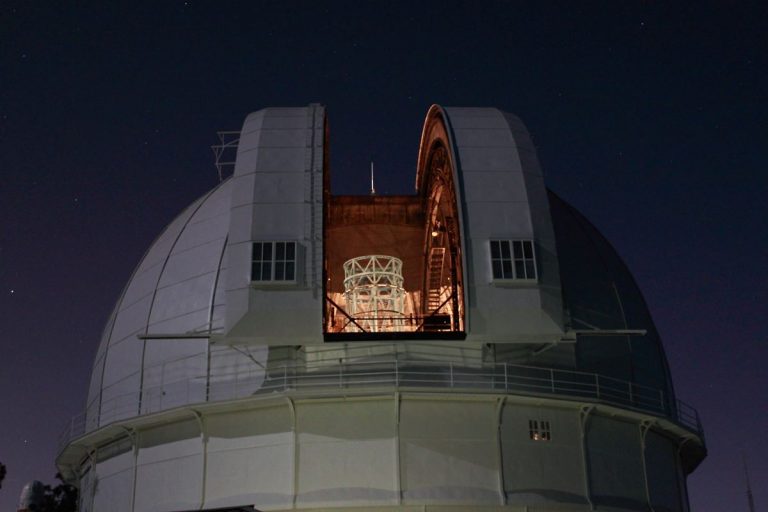 Photo credit: Elisa Webster.
Photo credit: Elisa Webster.WHERE:
Mount Wilson Observatory is located in the San Gabriel Mountains above Pasadena. Enter “Mount Wilson Road and Mount Wilson Circle Road” in Google Maps. This takes you to the main gate. Drive in and follow signs to either the Lower & Upper Parking lots near the Cosmic Café Pavilion. From both parking lots it is a short walk, 1/3 of a mile, to the 100-inch telescope dome.Please be advised that there is no elevator in the dome. The dome was completed in 1917, it is not ADA compliant. Attendees climb the equivalent of four flights of stairs ascending to the observing level. And the Observatory is a mile in elevation so guests may feel the effect. It can get cold in the night, so dress warmly and wear comfortable walking shoes.
MWO provides hot water for coffee, hot chocolate or tea. Guests are advised to dine early before coming to the Observatory. Everyone is welcome to bring their own snacks and beverages.
To learn about Mount Wilson and see its summer events, please visit https://www.mtwilson.edu.
LINKS:
• Of Sound Before the Stars Info & Tickets – https://www.mtwilson.edu/cosmic-sounds
• Mt. Wilson Observatory – https://www.mtwilson.edu
• MWO Facebook – https://www.facebook.com/WilsonObs
• MWO Twitter – https://twitter.com/mtwilsonobs
• MWO Instagram – https://www.instagram.com/mtwilsonobservatory
• MWO Images including event photos & flyers – http://tinyurl.com/ImagesMWO# # #
For more information, photos, to schedule an interview or request press passes, please contact Green Galactic’s Lynn Tejada at 213-840-1201 or lynn@greengalactic.com.
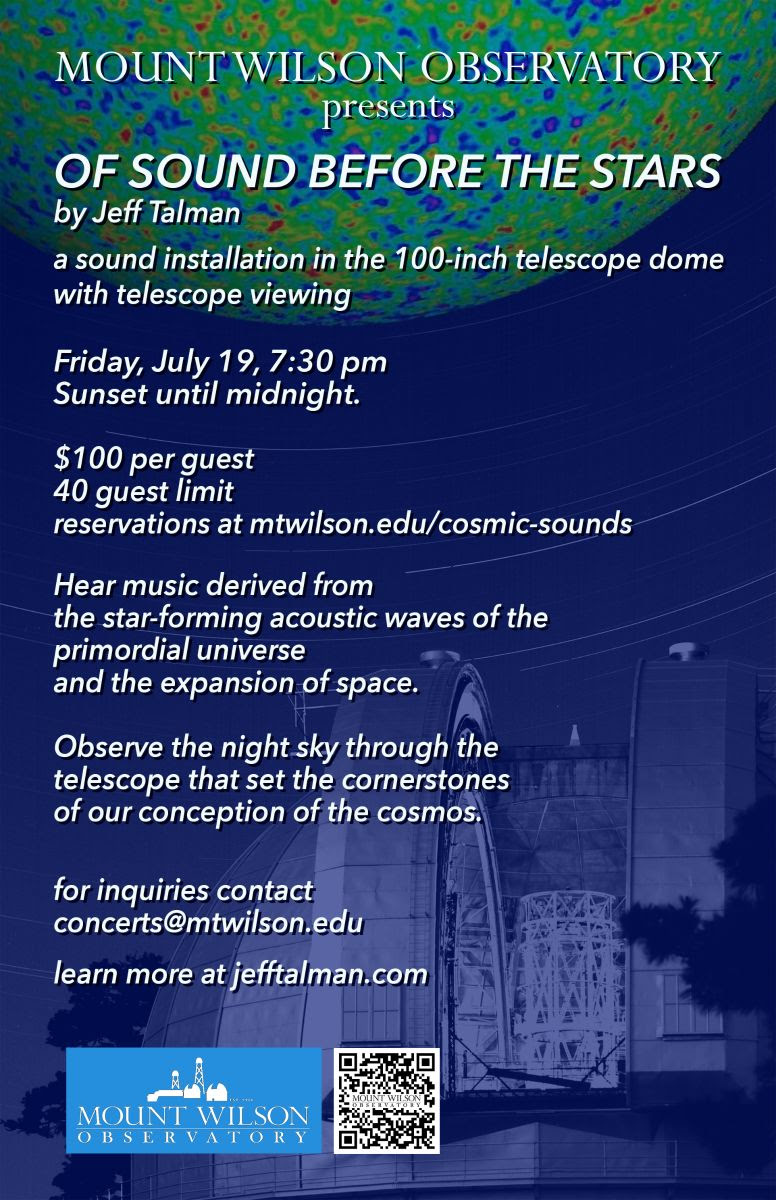 Posted on July 12th, 2019 No comments
Posted on July 12th, 2019 No commentsMore info...
Entertainment, Events, Mount Wilson Observatory, Music / Sound, Press Releases 100-inch telescope, astrophysicists, cosmic, cosmic sounds, cosmos, daniel huber, dome, ethereal music, evening, friday, George Ellery Hale, Instruments, jeff talman, july, mark whittle, mount wilson, mount wilson observatory, mount wilson road, Music, nasa, observatory, of sound before the stars, Pasadena, san gabriel mountains, science, space, stargazing, telescope, universe


